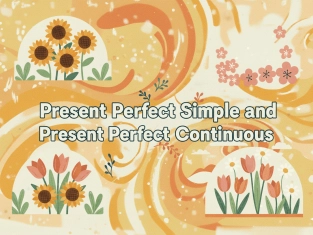First Conditional and Second Conditional
Table of Contents
Exercises
Explanation
1. First Conditional
The First Conditional is used to describe real and possible situations in the future. We use it when the condition can actually happen.
Structure: If + Present Simple, will / can / may / might + infinitive
Examples
-
If it rains tomorrow, we will stay at home.
-
If you study tonight, you will feel more confident in the morning.
-
If they arrive early, they may join us for dinner.
Sometimes the result part can use an imperative (a command):
-
If you see Mark today, tell him I need his report.
This type of conditional is useful when we make predictions, give warnings, or plan future actions.
2. Second Conditional
The Second Conditional is used to talk about imaginary or unlikely situations in the present or future. It often expresses dreams, wishes, or situations that are not true now.
Structure: If + Past Simple, would / could / might + infinitive
Examples
-
If I had more free time, I would learn another language.
-
If she lived closer, we could meet more often.
-
If they worked together, they might finish the project faster.
We also use the Second Conditional to give polite or hypothetical advice, especially with If I were you…
-
If I were you, I would check the details again.
This form helps speakers talk about unreal or difficult possibilities and imagine how things could be different.

